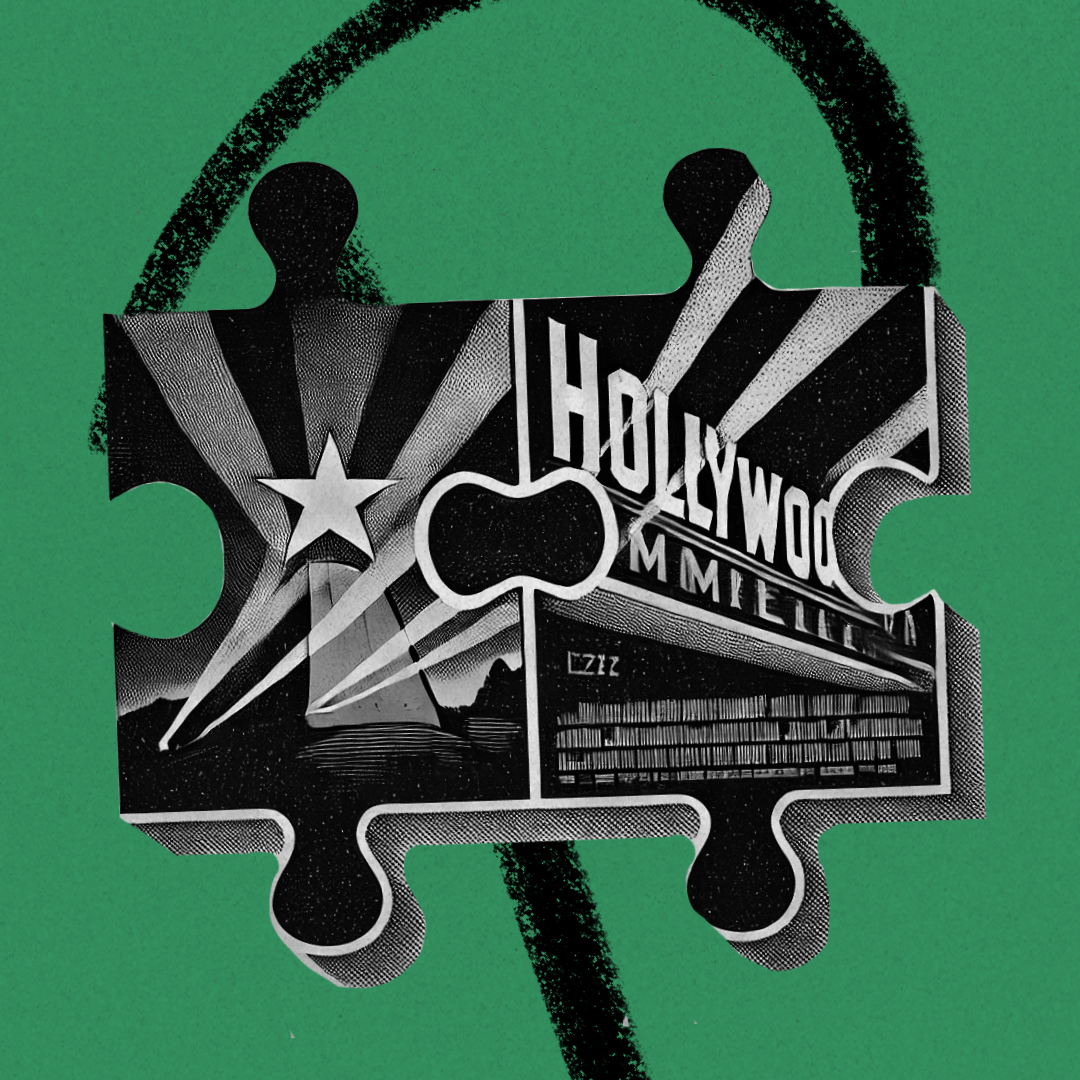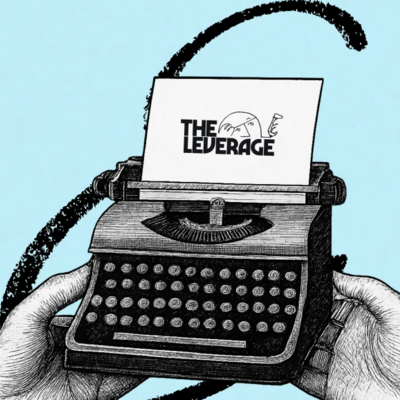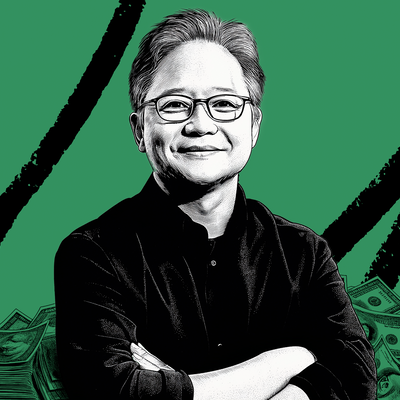
Was this newsletter forwarded to you? Sign up to get it in your inbox.
In 1916, Adolph Zukor combined his movie production studio Famous Player Film Company with Paramount Pictures, a leading film distributor. Zukor, a Hungarian Jewish immigrant, was a fur merchant-turned-budding-movie magnate who followed up his purchase with a 1919 acquisition of 135 theaters.
The five-foot-five Zukor was the first truly American entertainment mogul. By consolidating the three crucial components of the movie industry—a studio, distributor, and theater (exhibitor)—he controlled an entire segment of the industry. Not to mention that actors were under contract with studios in those days.
From the famous Paramount lots in Los Angeles to movie theaters across America where consumers congregated by the millions, Zukor held the leverage to repress wages of creative talent and produce enormous revenues. He intuited the lesson that would drive the next 100 years of entertainment success: If you own the distribution, you own the profit.
Paramount’s business was so dominant that the U.S. Federal Trade Commission (FTC) would hound Zukor for nearly 20 years, until finally, in 1948, the Supreme Court ruled in the government’s favor over Paramount, forcing studios to divest from their theaters. The so-called “Paramount Decrees” changed the shape of the business and effectively ended the studio system.
Now, slightly over 100 years later, Paramount is an unrecognizable, unprofitable descendant to that dominant Hollywood megacorporation of yore, but it is, once again, being acquired by a content producer. On July 7, the production company Skydance Media announced a merger with Paramount in a rather complicated transaction that will inject $8 billion into the legacy media business while bringing more production in house. Six billion dollars of that funding will come from the Skydance founder’s father, Larry Ellison, and $2 billion will come from RedBird Capital, a private equity firm. When coupled with the fact that the Paramount Decree was sunsetted in 2022—Sony was the first to take advantage by acquiring the movie theater chain Alamo Drafthouse earlier this year—it should, historically speaking, mean that profits are on the way up again.
This is not going to happen. Paramount failed because the ownership learned the wrong lesson from the company’s history. When Shari Redstone, the former chairwoman of Paramount and daughter of the man who had run Paramount since 1994, Sumner Redstone, sent an email to Paramount announcing the deal had gone through, she argued, “While people often debated whether content or distribution ruled the day, my father was governed in all of his decisions by his belief that content was indeed king. That has never been more important than it is today, when in a cluttered marketplace, we continue to create content that resonates with our consumers.”
While a noble sentiment, this is wholly incorrect. Content can only briefly be king. In the long term, distribution advantages enable you to get paid for both your shitty content as well as your hits. Content-first companies are only as good as their next amazing product. Ellison does recognize this dynamic. In a podcast interview he conducted after the deal was announced, he said, “We live in a world where an A- is failing. You have to have a creative culture that believes quality is the best business plan.” This is a noble sentiment and theoretically possible, but it is much harder to produce A+ quality content for years than simply owning the distribution during that time.
The original Paramount knew this. For nearly 100 years, it rode each technological wave by capturing unique, defensible distribution.
The embrace of new technology
The 20th century saw four major entertainment distribution and technological shifts: feature films, radio, television, and the internet. Each of the first three of these evolutions had hard constraints on the amount of distribution available.
Movies could initially only be shown in theaters. Paramount took advantage by engaging in a practice called block booking, which involved studios selling their films to theaters in packages—or blocks—rather than individually. Theaters were required to purchase a bundle of movies, often containing both high-quality, major motion pictures (A movies) and lesser-quality, lower-budget films (B movies). Radio had only a limited availability of airwaves and incurred high capital costs for broadcasting equipment. Paramount took a 49 percent stake in CBS in 1929 but, because of the Great Depression, it had to liquidate its position. (I still think Zukor deserves credit for this savvy move.)
In television there were—initially, at least—few channels and high startup costs. While other movie executives in Hollywood were bemoaning how TV would be the end, Zukov argued, “Rather than lose the public because television is here, wouldn't it be smart to adopt television as our instrument?” To do this, Paramount grabbed distribution with an experimental local TV channel in 1939, bought a stake in a TV manufacturer in 1938, and launched its own TV network in 1948.
While the technology always looked different, the strategy remained the same: Spend money to own a limited number of distribution channels.
The internet was wholly different. It simultaneously featured unlimited distribution—where you could broadcast your content to anyone in the world—and universal competition, where you were competing not just with other entertainment options, but with everything else.
The Only Subscription
You Need to
Stay at the
Edge of AI
The essential toolkit for those shaping the future
"This might be the best value you
can get from an AI subscription."
- Jay S.
Join 100,000+ leaders, builders, and innovators

Email address
Already have an account? Sign in
What is included in a subscription?
Daily insights from AI pioneers + early access to powerful AI tools









Comments
Don't have an account? Sign up!
Loved this article. My enjoyment was probably further enhanced by my ungodly Succession binge over the last two days (currently on season 3).